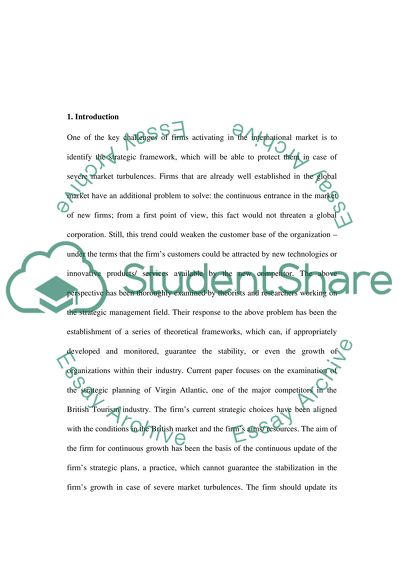Cite this document
(“HTSP: Hospitality and Tourism Strategic Planning Essay - 1”, n.d.)
Retrieved from https://studentshare.org/macro-microeconomics/1424249-htsp-hospitality-and-tourism-strategic-planning
Retrieved from https://studentshare.org/macro-microeconomics/1424249-htsp-hospitality-and-tourism-strategic-planning
(HTSP: Hospitality and Tourism Strategic Planning Essay - 1)
https://studentshare.org/macro-microeconomics/1424249-htsp-hospitality-and-tourism-strategic-planning.
https://studentshare.org/macro-microeconomics/1424249-htsp-hospitality-and-tourism-strategic-planning.
“HTSP: Hospitality and Tourism Strategic Planning Essay - 1”, n.d. https://studentshare.org/macro-microeconomics/1424249-htsp-hospitality-and-tourism-strategic-planning.


